Business Studies School Trips To Shanghai & Beijing
An exciting opportunity to experience Shanghai and Beijing’s economic transformation first-hand for business studies classes.
Highlights
Shanghai, China’s economic capital
Globalisation – Yakult, Volkswagen
Traditional industry – cloisonné and silk making
The magnificent Great Wall of China
Warwick SchoolThank you so much to all at Travelbound for making the trip such a very great success. The itinerary was incredible and the organisation the best that I have ever known on a school trip.
Suggested itinerary
What's included*
*Visa costs not typically included in price
Recommended excursions
Bao Steel Factory is a large iron and steel conglomerate and is the second largest steel producer in the world with an annual production is approximately 20 million tons. The Factory employs around 109,000 employees, has annual revenue of around $21.5 billion and produces a mix of high-quality products.
Shanghai Volkswagen Factory was founded in 1985, the first joint-venture company in China. Visit the assembly line workshop where different parts of the car are put together. Volkswagen also plans to start production of electric cars at its two Chinese joint ventures, Shanghai Volkswagen and FAW Volkswagen, increasing production to 100,000 vehicles by 2018.
Located across the Huangpu River from the Bund, the old financial and business district of Shanghai, the Pudong district started to develop in the 1990’s largely driven by Chinese state owned enterprises. Its inaugural landmark, the Oriental Pearl TV Tower, was completed in 1994. The area is now home to an array of high rise buildings which have created a futuristic skyline.
This iconic TV tower in Shanghai stands 468 m (1,535 feet) high, and was the tallest structure in China until 2007. Eleven spheres are arranged in a row descending to a carpet of green lawn with the conceptual design of large and small pearls falling to a jade plate. It is the second most popular tower visit in the world after the Eiffel Tower in Paris.
Acrobatic art is a traditional Chinese performing art rooted in Chinese culture and dating back to 475-221BC. The ancient acrobatics reflected the lives of the Chinese people and today, all provinces of China have their own acrobatic troupes. Acts such as group gymnastics, meteor juggling and tight rope feats make for a spectacular show for the students.
This palace lies at the heart of Beijing and was the home of the emperors for over 500 years. Completed in 1420, it is the biggest palace complex in the world covering 74 hectares. Surrounded by a 52m-wide moat, it’s an adventure to explore the labyrinth of rooms, halls and gardens with magnificent decoration and rare curiosities throughout.
It was here on October 1st 1949 that Chairman Mao Tse-Tung announced the founding of the People’s Republic of China to the world. Built during the Ming Dynasty the square is named after Tiananmen Gate, which lies to the north. It’s the third largest of its kind in the world and a significant cultural landmark with the People’s Heroes monument in the centre.
Considered to be one of the wonders of the world, the Great Wall today was built in Ming Dynasty and is over 6,000 km long. An amazing feat of defensive architecture, intended to protect the Chinese Empire from invaders, it winds a path over rugged country and steep mountains. Sections within easy reach of Beijing have been restored so that visitors can walk on the wall and see the watch towers.
Once used by emperors in the heaven worship ceremony, the temple park in Beijing is now one of the grandest examples of China’s sacrificial buildings. First built in 1420, the temple has been enlarged and rebuilt by both the Ming and Qing dynasties. At the heart of the Temple is the Hall of Prayer for good harvest, where the Emperor requested good harvests in his divine capacity as the son of heaven.
This factory visit will enlighten students about the process of silk production, a historic and traditional industry in China. The tour starts with information about how silk worms are cultivated, and the extraction process. Visitors then learn about how the thread is spun and then used on a silk reeling mill for textiles and embroidery.
Situated just outside Beijing, the Summer Palace is the grandest and most well preserved park in China. Construction began in 1750 on these luxury gardens for the royal family, and gradually they have been developed into the magnificent expanse of lawns, streams, bridges, secret gardens and pavilions scattered across the shores of the Kunming Lake.
The Beijing Yanjing Beer Group Corporation, with its quality beer and beverage products has developed from the former Yanjing Brewery. The corporation was established in 1980 and in 1997 it completed the shareholding restructuring process to establish the Beijing Yanjing Beer Co., Ltd., which ranks first in total output and profit in China’s beer industry. Yanjing beer uses natural mineral water that comes from the Beijing YanShan Mountain. Yanjing beer is also the State beer of China and was one of the official beer sponsors of 2008 Beijing Summer Olympics
This company founded in 1992 produces and has 130 operating plants throughout China. The plant has over 200 high tech fruit processing and bottle filling production lines. The production uses advanced processes such as cold pumping of fruit pulp, ultra and macro filtration for concentrated juice ultra- high temperature sterilisation processes.
Mengniu Milk, first established in 1999, is a leading milk company in China. With over 41 production bases across China, Mengniu has become the 8th largest milk manufacturer in the world. A visit to Mengniu’s Beijing Company allows students to experience the automated production process. After the visit, there is a Q&A session with Company staff.
China is the second largest economy and the largest manufacturer in the world today. Your group can visit a local company to explore how they develop in this global market. A young employee will talk about their working life and career path through a Q&A session. Students can gain an understanding of working life in today’s competitive China. Available in Beijing or Shanghai.
Cloisonné enamel was probably introduced to China by missionaries from central Asia during the Yuan Dynasty (1279-1368). It used to be reserved for the Emperor and his court but can now be enjoyed by all. The making of cloisonné requires rather elaborate and complicated processes; base-hammering, copper-strip inlay, soldering, enamel-filling, enamel-firing, polishing and gilding.
The Legend of Kung Fu tells the story of how the famous martial art originated, with a young monk on the path to enlightenment and the trials he encounters on the way. Fusing modern dance with traditional Chinese arts, it has an important message told through spectacular performances of Kung Fu and acrobatics, making it easy to follow the plot.
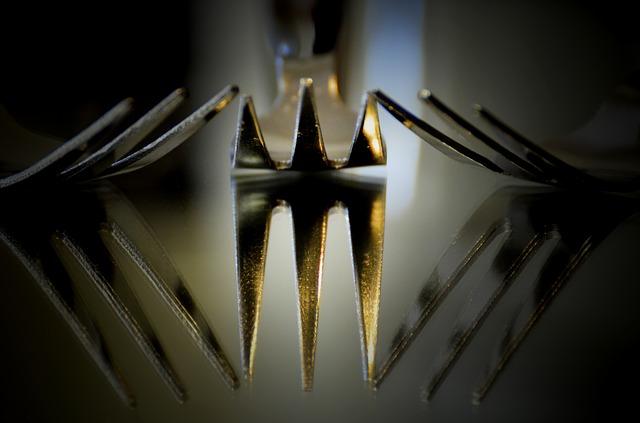

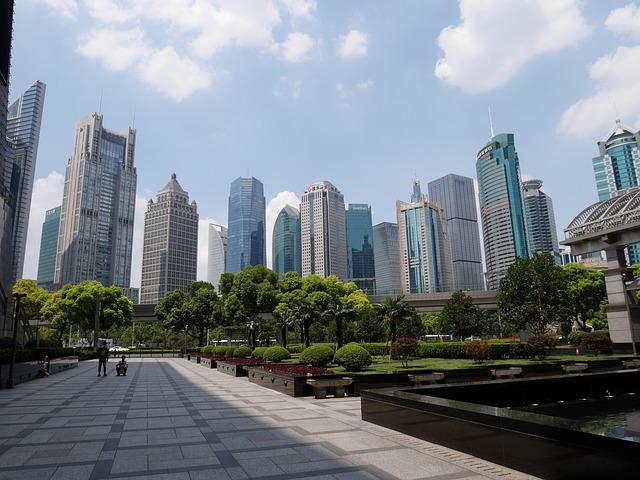
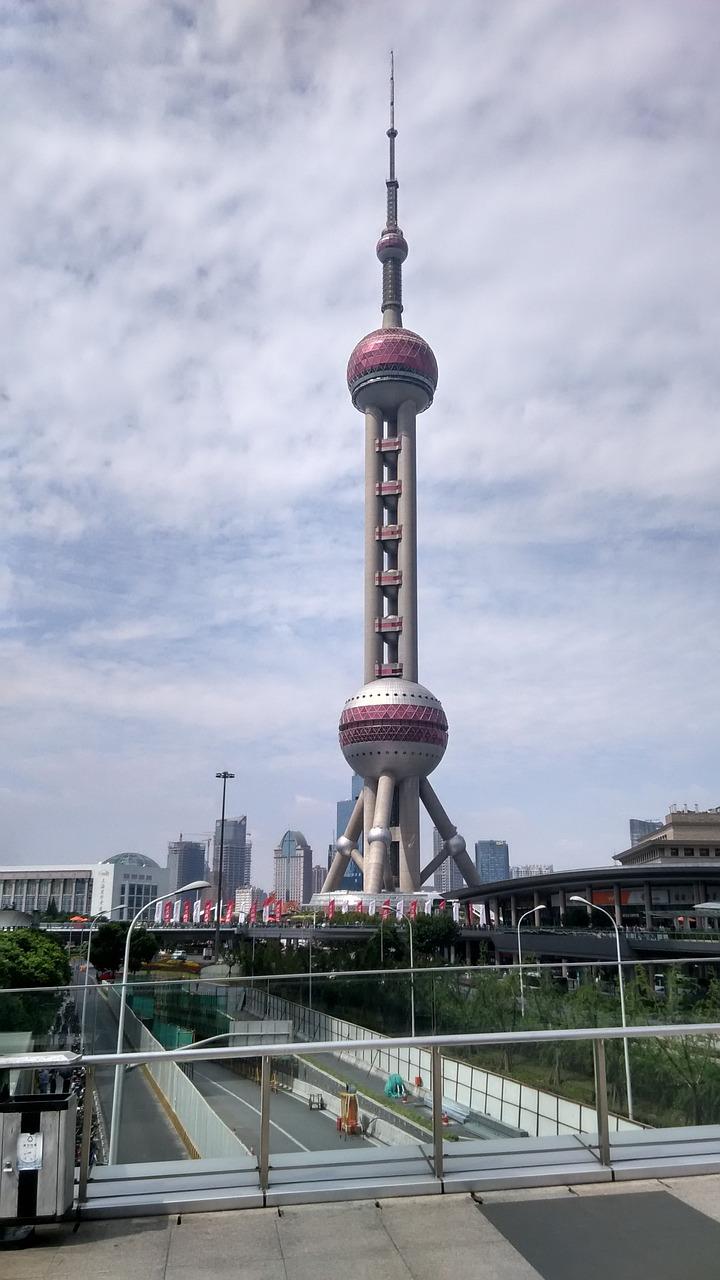
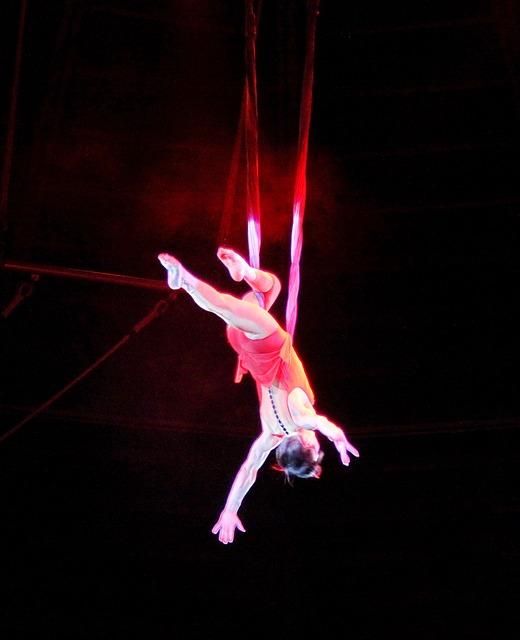

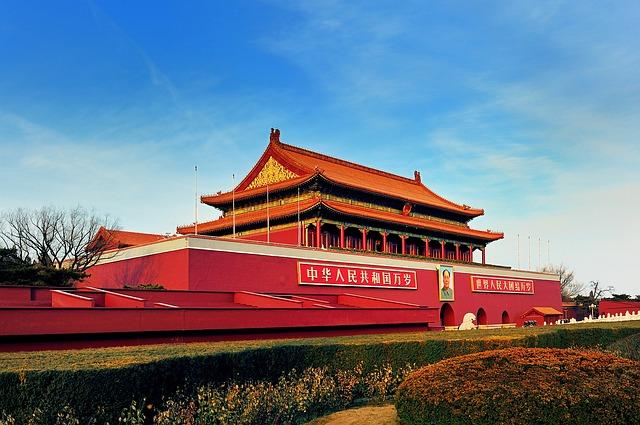
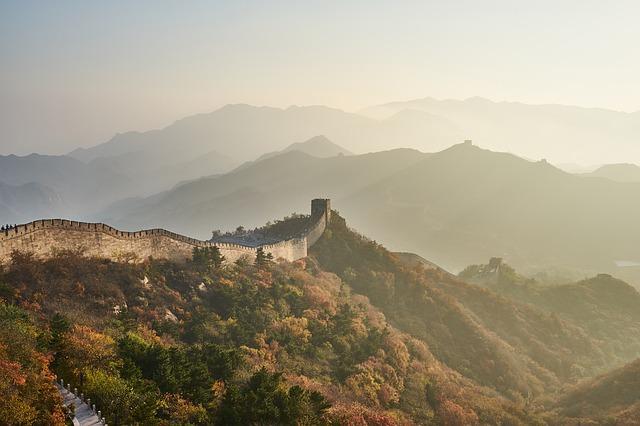
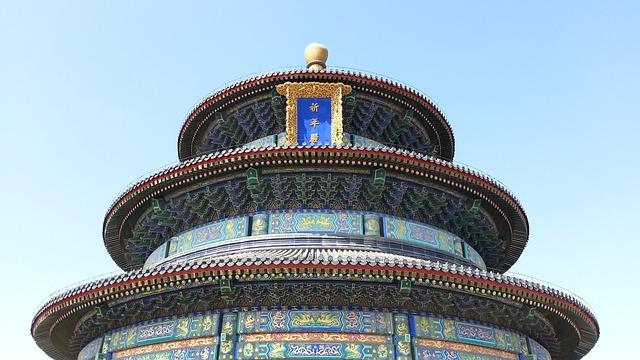
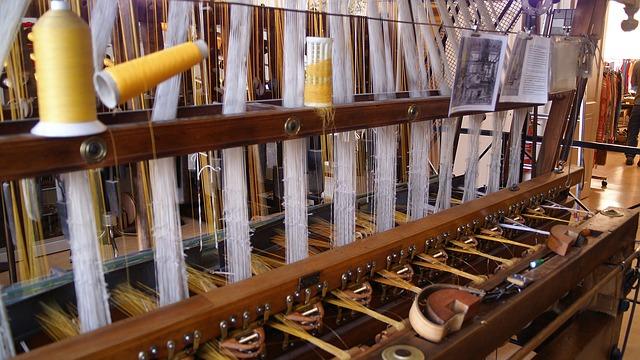
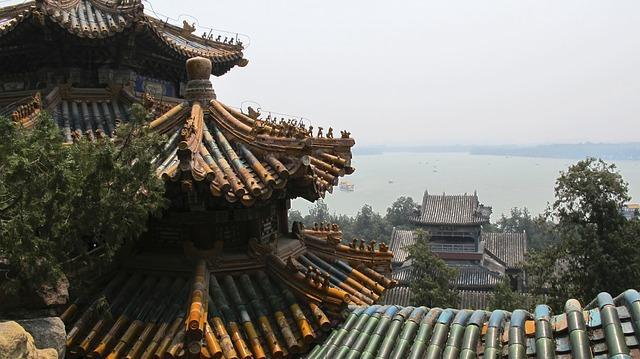
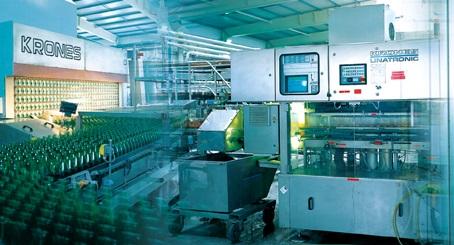
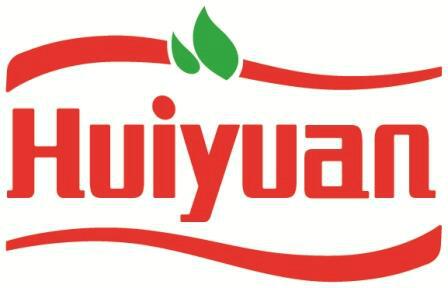
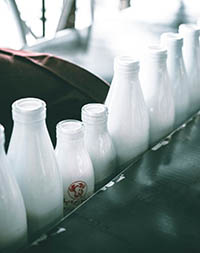

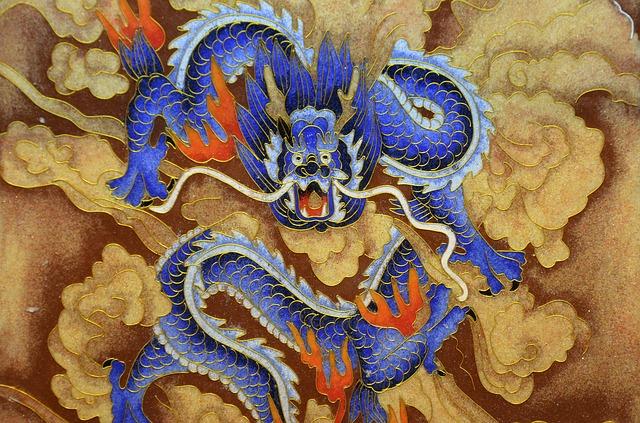
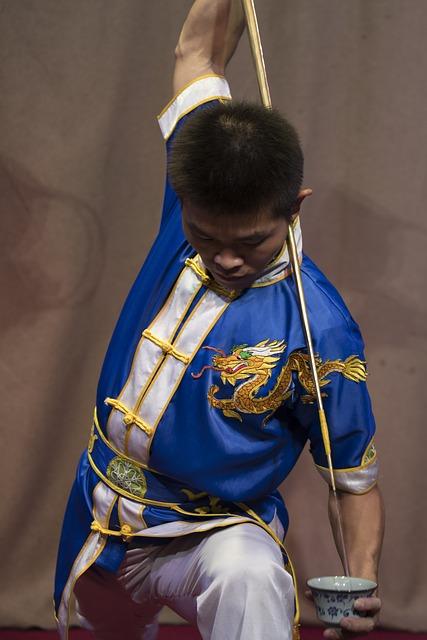
Typical accommodation
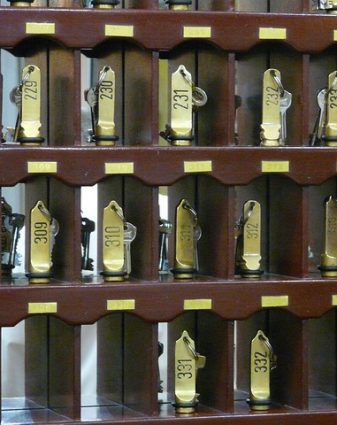
Why groups like it:
Facilities:
Learning outcomes
Subject focus
Students can:
- Learn how China has transformed its economy in just a few decades
- Consider the reasons behind the rapid growth of China’s economy
- Understand China’s role as a global manufacturer and the implications of a global economy
- Consider the impact of Chinese consumerism
- Evaluate the social and environmental considerations in production and its location
Student outcomes
Students will have an opportunity to:
- Understand the main features of different types of markets
- See how trading affects the economy and its global impact
- Gain an understanding of the concepts of demand and supply
- Understand the impact of migration from countryside to city
- Consider the need for sustainable energy and sustainable industries



